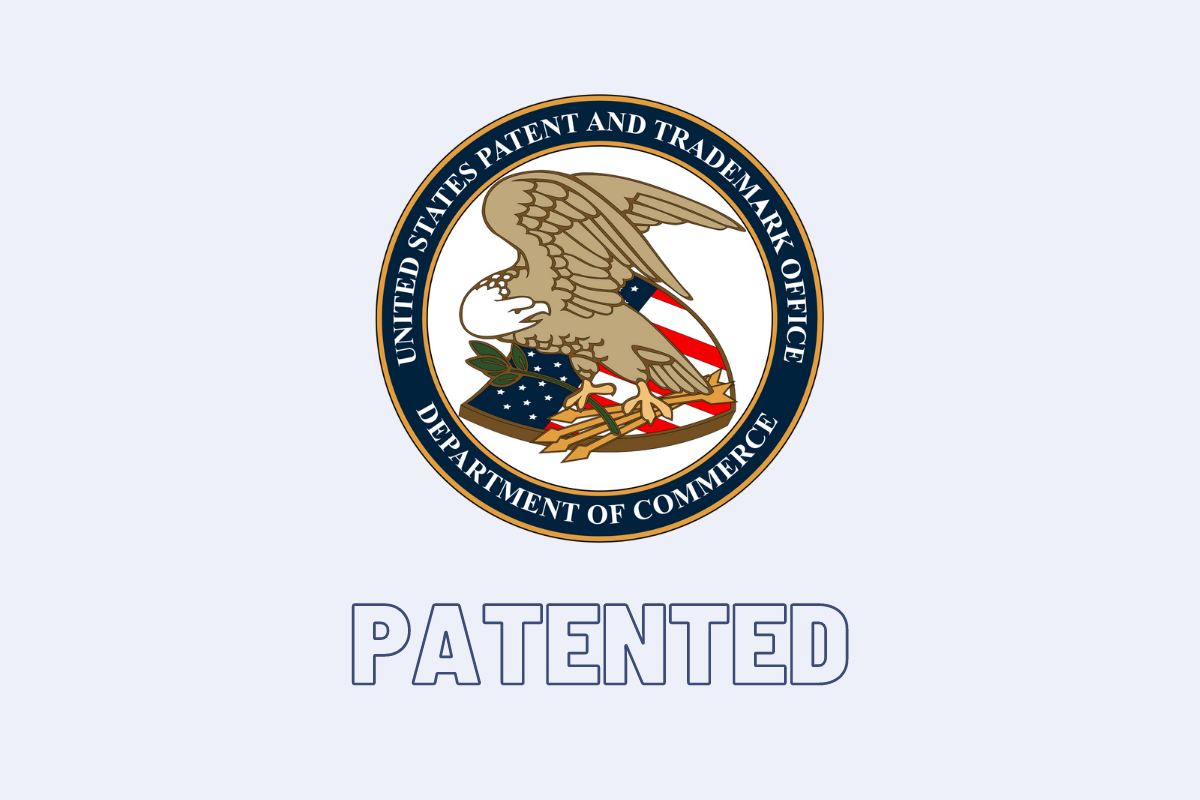
USPTO Issues Patent to Blinking – Authentication Method For A Client Over A Network
Patents are traditionally looked to as a way to protect innovation, but this imperative is shifting towards a way to improve business practices. Many tech companies, banks, innovators are viewing the patents as an important part of their innovation and digital transformation.
Nowadays, innovators continue to realize the transformative potential of blockchains and distributed ledger technologies. Although blockchain was in its early years mostly associated with cryptocurrency, nowadays blockchains are much more than cryptocurrencies. This technology promises new, transformative solutions to problems of trust, control, and distribution of data.
Recognizing the promise of blockchain technology, Blinking continues to invest in blockchain-related technologies and their applications. The investments lead to innovation and the desire to protect the innovation to get a return on the investments.
Investment in smart use of intellectual property can deliver long-term value for potential investors and shareholders that is why Blinking’s business strategy is strongly correlated to innovative solutions and their protection.
We asked our COO, Milos Milovanovic, to walk us through Blinking’s newest achievement – patent Authentication Method For A Client Over A Network.
- Explain to us in brief your patent?
Our patent opens the possibility of creating a digital identity in a service environment. Patent explains a cleverly designed method to establish users’ identity in a distributed blockchain environment. The most important aspects are directed towards protecting private and sensitive data and also enabling flexible levels of anonymity as required by specific business use cases.
- Does Blinking’s method represent an innovation in the digital identity space?
Blinking method gives a fresh approach to the next generation of digital identity. A good balance between anonymity, data protection but also usability and ease of use is achieved. Instead of relying on users to be fully responsible for their data and protection keys, this method offers a service model for identity management while simultaneously giving a high level of data protection and confidence in users safety. A lot of effort was invested in designing the best protection model that honors users’ privacy and requires users to be involved and give consent to actions. This is a central point of this patent. We believe this model is the future of digital identity.
- Why did you decide to use Blockchain and what advantages does it bring to the table?
Blockchain offers many structural advantages to applying the proposed model. Distributed nature protects data integrity and safety while different channels enable flexible levels of anonymity. Also permanent ledgers provide the best transparency but also forensics mechanisms.
- What are consortium identities and their use in practice?
For instance now you have a model where Trusted service providers issue identities to their users that are only useful on the territory they cover. Users are unable to easily be mobile with their identities and use them for instance in other countries. This technology can enable such interoperability. Also a good link can be made among various business entities that can join forces to offer better products to their users (insured loans for payments and similar).
- How does this patent treat/protects user identities?
This patent has two main principles. First it gives a separation layer between users and entities offering them services. This layer is bridged only with consent and interest of both parties. Second principle is based on the idea that users should protect their private data (documents, certificates etc.) by proving their identity, through various schemes (biometrics, password, devices…). The major innovation is that every use case can be protected by a different combination of authentication mechanisms mainly dependent on a mix of security and usability.
- Is patent claims application aligned with Blinking’s business objectives? How are we planning to commercialize our patent?
Of course, findings from this patent are built into our products that are successful in the market. Additionally, one of the new products that will be used in the Trusted service industry will be based on this patent.
- Why is this patent important on a personal level to you?
This patent is proof of our commitment to innovation engagement in previous years and one more validation that our work is progressive. But the most important validation comes from the market and all the improvements it introduces in digital identity, user experience, privacy but also digital transformation of various businesses. Smart use of intellectual property is an important part of innovation and digital transformation for the business community and at Blinking we are strongly supporting this progress with our innovation tools and our new perspective on digital interactions.


